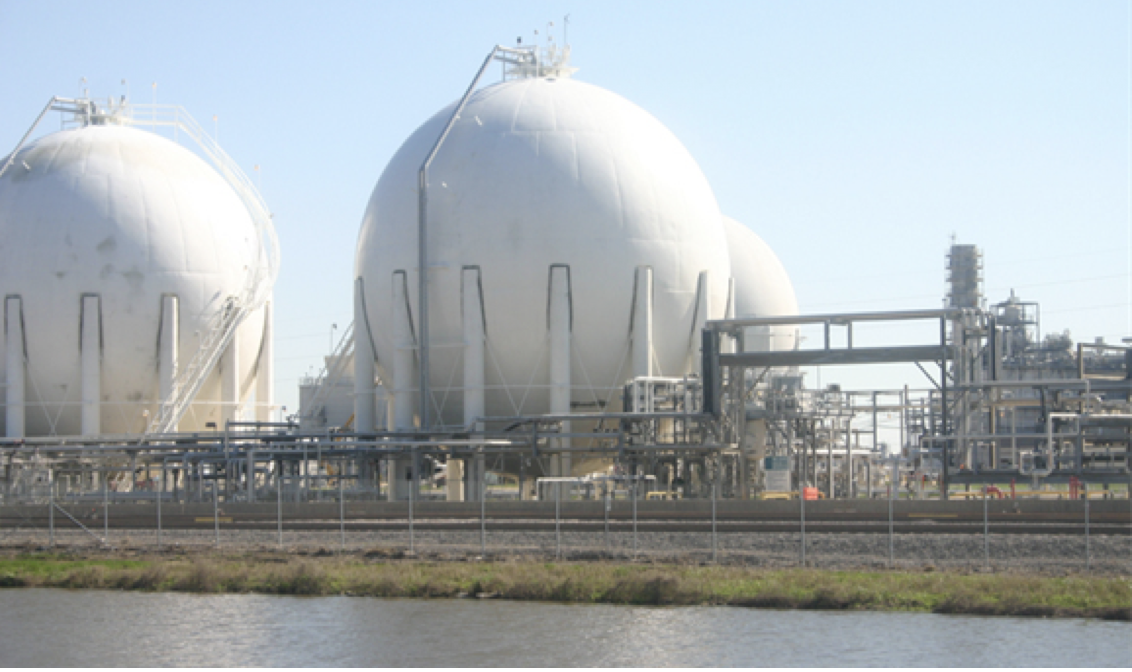November 2016, Vol. 243, No. 11
Features
‘New World Order’ Re-shaping Natural Gas Storage

As the International Energy Agency (IEA) observed in June, dramatic changes are underway in the world’s natural gas trade. Thanks to shifting demand patterns, suppliers of liquefied natural gas (LNG) from producing countries such as the U.S. and Australia increasingly will need to look for new homes for LNG beyond traditional major destinations such as Japan and South Korea, IEA noted.
The expansion of the global LNG trade, coupled with growing demand for dispatchable electricity generation, translates into increased opportunities for natural gas storage operators, according to HSB Solomon Associates LLC. The Dallas-based consulting firm contends gas storage players will need to develop an increasingly customized slate of products and services for existing and future customers, who are demanding more flexibility and becoming more cost-sensitive.
‘Shake Up’
“Natural gas storage plays a vital and crucial role in the North American natural gas complex,” said Jihad Traya, Solomon’s manager of natural gas consulting. “The sector was built over decades to serve a very predictable and entrenched market condition – moving gas from North American production zones (south and west) to consuming areas in the eastern markets that generally have strong winter peak demand.”
New shale gas production, particularly in the longstanding net importing Northeast U.S. region, initiated a “shake up” in “entrenched North American natural gas fundamentals,” continued Traya. “The nature of the new production is high initial deliverability with long, flat production.”
The new production profile facilitates “an almost instantaneous deliverability,” he said. “Consequently, it helps offset and reduces seasonal supply variations from production, making the market slightly less volatile to supply shortfalls.”
The near-instantaneous deliverability of natural gas upsets the decades-old structure of the storage market and makes some assets more valuable than others, said Traya.
“Natural gas storage assets are generally characterized by deliverability rate, or the efficiency to put gas in or take it out of the market,” he explained. “This new world order of shale production facilities that have the ability to offer quick response times to changing market demand is proving to be more valuable than in any other time versus the low-deliverability seasonal storage.”
More DUCs
Although natural gas storage will always be needed, it will be characterized less by seasonal demand peaks and more by short-term peak loads, said Traya. He pointed out that drilled and uncompleted (DUC) gas wells will increasingly be put online to address fluctuations in electricity demand.
“North American natural gas markets will serve more as a just-in-time supply structure with the inventory of DUCs replacing the need for increased seasonal demand storage – that is, summer injection, winter withdrawal, etc.,” explained Traya. “The clear winners will be high-deliverability storage facilities that can offer short-term supply for operational balancing and short-term demand increases and supply shortfalls.”
Solomon is using the gas storage sector’s changing supply structure as the impetus for a new proprietary study that it maintains will serve as sort of a map to navigate the changing landscape of this “new world order.”
The consultancy’s Worldwide Natural Gas Storage Performance Analysis (Gas Storage Study) will track:
- Gas storage expenses for injection and withdrawal seasons
- Allocation of revenue among peers based on factors such as contract type, total throughput and employee number
- Responsiveness, cycling potential, injection ratios and other storage operational factors
- Greenhouse gas emission and mitigation, and an acceptable level for unaccounted for gas
- Working gas reservoir effectiveness, individual gas well capabilities and storage cavern shrinkage rates
The biennial study will give subscribing gas storage firms access to information detailing opportunities to reduce their operating costs and improve margins, according to Solomon.
(This article previously appeared in Rigzone.com and DownstreamToday@com.)





Comments